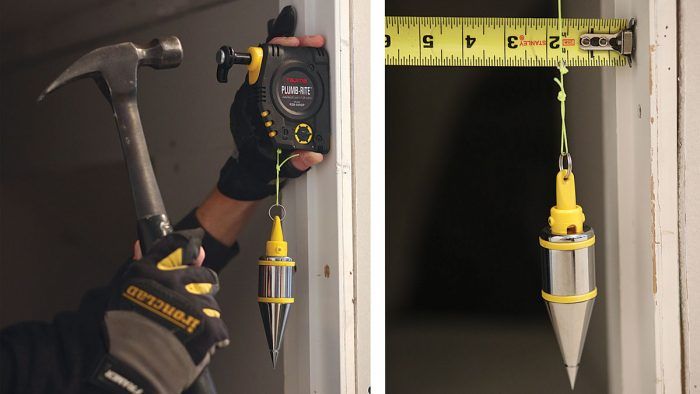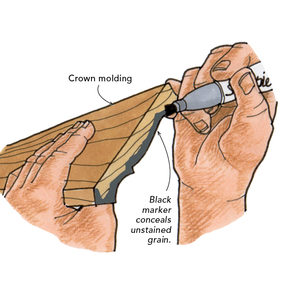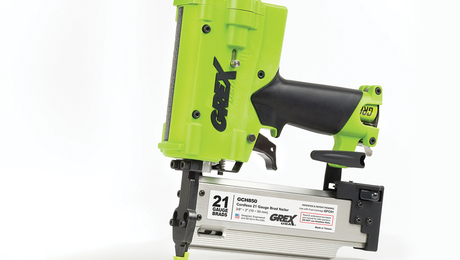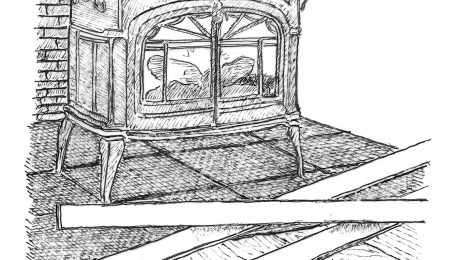Modern Take on an Ancient Tool
With a self-retracting stringline, Tajima’s new-age plumb bob is a compact, reliable door-hanger's tool that will never run out of batteries.

There was a time when a $200, 78-in. door-hanger’s level wasn’t a toolbox standard. When I started out, in the pre-laser days, we used plumb bobs to plumb anything over 4 ft. Plumb bobs never get knocked out of calibration. They take up very little room in a toolbox or pouch, and the batteries never die. And you can check plumb on a skyscraper if you have enough string. But now we’ve reached the rub: the string. No matter how carefully you wind it up, the string ends up a matted rat’s nest of impossible knots. Plumb-bob history—and my life—took its biggest step forward in 4000 years when Tajima, the Japanese company, came up with the Plumb-Rite 400 plum bob (about $40). Finally, a plumb bob designed for carpenters. It has a self-retracting line to mind the string, a spring-loaded pin that can be driven into a wooden door jamb, and even a magnet for steel jambs.
The original version had a 2-3⁄16-in. offset, which corresponds to some metric standard, but the new ones are 2 in. even. Yes, you have to measure the distance between the string and jamb, but you can get it close with your eye and make adjustments with the string in place instead of re-checking with the level every time you move a shim. And with Tajima’s plumb bob, I can carry everything I need to set a door in a 5-gal. bucket. Even though I have high-quality European levels in every size from a torpedo to a 12-ft. plate level, the 14-1⁄2-ft. Plumb-Rite is still my favorite door-setting tool.
Andrew Grace, a roofer and remodeler in Ligonier, Pa.
From Fine Homebuilding #303
RELATED LINKS:

























View Comments
I did some work with a local mason in Nicaragua a few years ago & he used a plumb bob for setting jambs. The bob was 2" in diameter and the line ran through the center of a 2" square block. A lot easier to carry on his bicycle than a 7-foot level, as well as cheaper and less delicate.